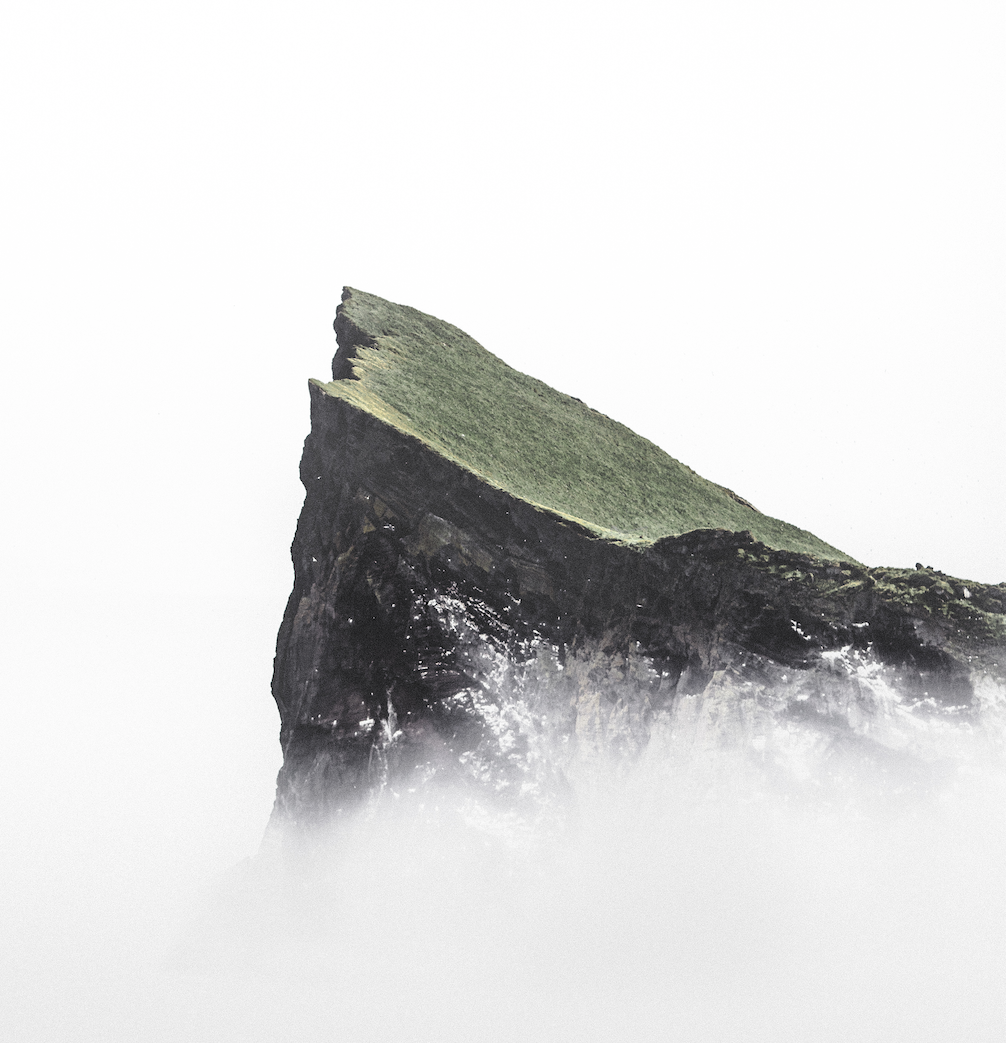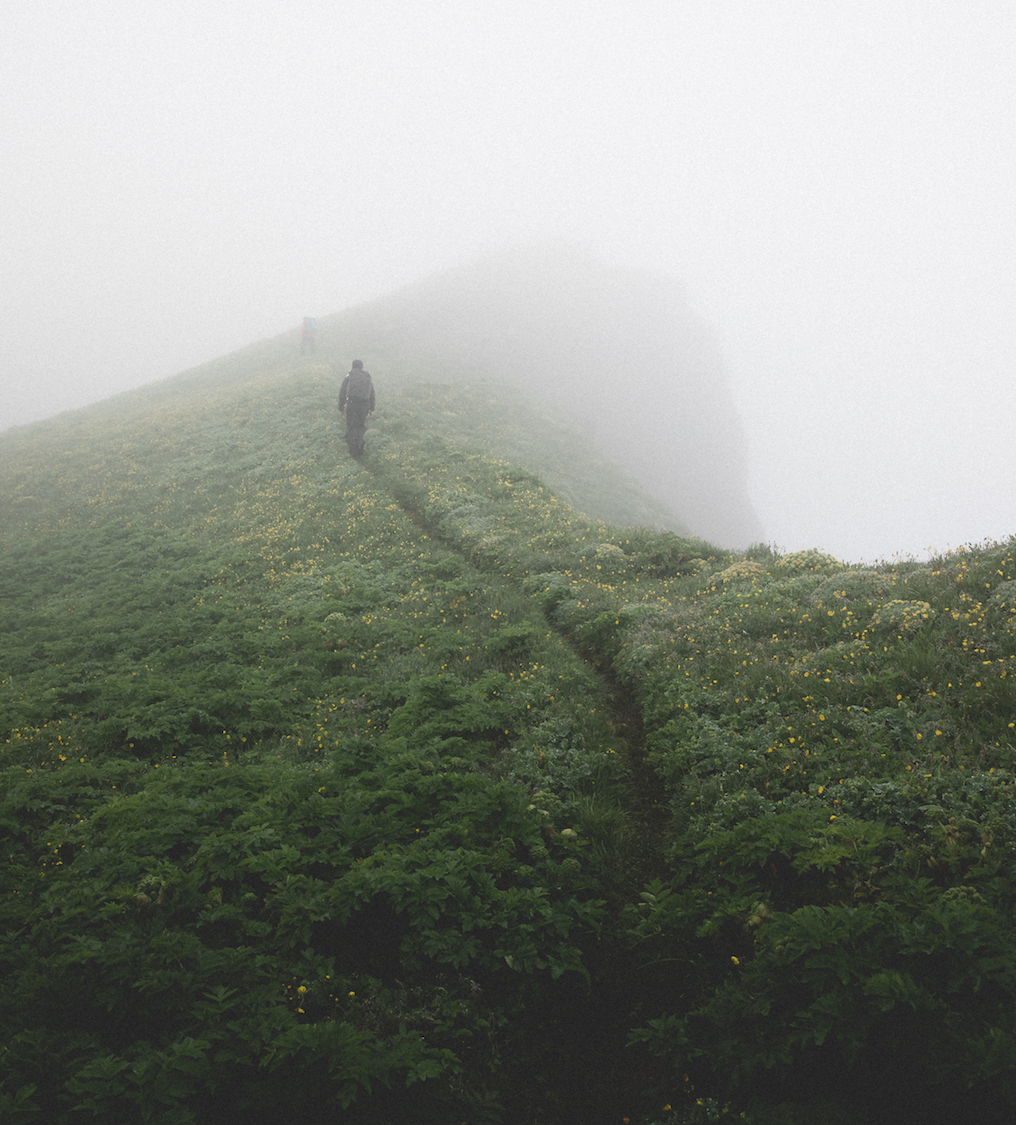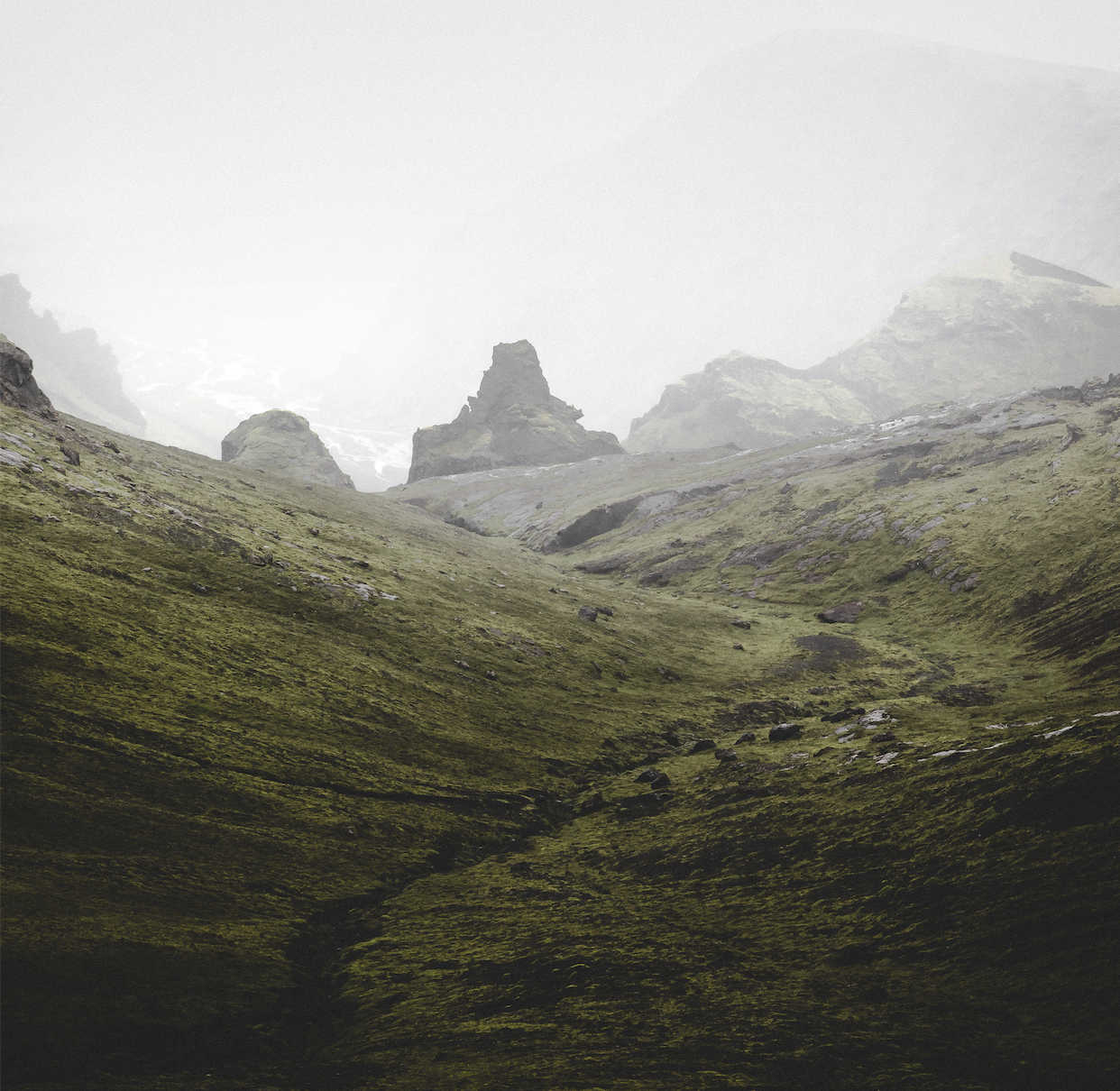Landscape is a multi-layered concept and phenomenon, and as such it has been the subject of a diverse range of disciplines and studies. A broad overview of the different approaches to understanding landscape shows us that there are two basic sides to the concept, which have received differing amounts of attention from those who study it – the two sides in question being firstly landscape as a physical and visible phenomenon, and secondly landscape as the intangible and invisible intertwining of the being that perceives and the phenomenon that is perceived. What follows will be a summation of my thoughts on the interplay of these twinned sides, and how landscape affects us all, both as a concept and as a phenomenon, whether it interacts with us in our daily lives or as a subject of study, in fields such as architecture and design.
Much as I did in my piece on beauty for the HA website 1, I wish to begin by examining how the word landscape is used in our day-to-day vocabulary. The initial image to enter one’s mind is likely to be one of a landscape as portrayed by a crayon-wielding schoolchild: mountains, valleys, fields, lakes, rivers, skies, oceans. Many also associate the term with taking in a panoramic view of a natural landscape on a clear day. This is the visible and tangible landscape; we can look at it, or into it, for details such as a patch of berries – a landscape we can touch, move through and navigate, experiencing smells and sounds. But we also use the word landscape to refer to another phenomenon that we experience quite differently; for instance, we sometimes refer to emotional or political landscapes, an intangible or altogether invisible landscape that we still perceive and experience in some way.
What unites these two rather divergent definitions of the word landscape is that they both refer to an overall sense of a particular set of circumstances, be it a physical location or a state of affairs/situation. According to the phenomenological understanding of the concept of landscape that I have discussed elsewhere 2, landscape is an environment perceived aesthetically. The aesthetic refers to those moments when we open up our senses to receive meaning, or allow meaning to happen; to pay attention to how a particular object, sound, or indeed landscape, makes one feel at that exact moment. What does it say to me? What trains of thought are set in motion? How does my external sensory input resonate within my inner being? We speak of landscapes when we perceive our surroundings just to perceive them, when we take in the overall sensation our environment creates in us. We speak of landscapes when we perceive our environment aesthetically.
Close your eyes and feel what it’s like to be in the presence of a work of art that speaks to you personally. Feel how its meaning permeates every cell in your body. The act of immersing oneself in art to this degree is a sort of archetype of aesthetic experience, so it is no wonder that philosophical aesthetics revolved for a long time primarily around how we aesthetically experience art, and how we judge art by its aesthetic appeal, but paid little attention to aesthetic experiences of nature, environments and everyday life. 3 But what is more often forgotten is that this manner of aesthetic experience is not relegated exclusively to art galleries, concert halls, theatres, or mountaintops; it is, in fact, taking place every waking moment of every single day, everywhere we go. Meaning courses through our bodies incessantly; this bodily aesthetic experience is the basis from which all meaning and value are derived. 4 It is here that the fields of aesthetics and phenomenology meet; in the emphasis that both place on the fact that we are sensuous bodily beings.
In the phenomenological sense, the human being is primarily an embodied relational being. 5 Western ideology, however, would maintain that we are all separate individuals, each with our own mind, which in turn functions separately from our bodies. Phenomenology, as well as other theoretical approaches such as post-humanism 6 and object-oriented ontology 7, all emphasize the decentering of the human being and of the self. The self is always already situated in an environment; our physical bodies, much like those of animals and plants, are in constant contact with our environment, through all our senses. We receive meaning from the various stimuli in our environments every second of every day, from the development of our sensory organs in utero and onward. All this meaning then accumulates in our bodies, and coalesces into patterns 8; layers of sedimented meaning that in turn constitute the whole of what it means to be this body, to be this person in this reality.
In much the same way that the outer physical landscape is composed of layers of sediment, rock and vegetation that are shaped by human, animal and other natural forces – even to the point that a natural landscape becomes a cultural landscape – the inner landscape of our bodies is comprised of layers of environments, activities, perceptions and situations that have left their mark on us as individuals.
While we may not always devote the same level of attention to our aesthetic perception as we do when deriving meaning from a work of art, this type of perception is ever-present in our lives; we constantly interpret meaning from our surroundings, just as we transmit our own sense of meaning outward through our actions. Landscape is the word we use to describe this intertwining that occurs in those aesthetic moments where we take note of where we are and how it makes us feel; when we pay close attention to the effect the landscape has on us and how we feel about it – how it moves us, both physically and emotionally. A landscape cannot exist without this intertwining; the very concept itself necessitates not only a phenomenon being sensed, but also an entity doing the sensing, inferring meaning from – and being affected by – the phenomenon in question.
Both the concept and the phenomenon of landscape can thus help us understand how reality affects us at the level of perception at every moment, as well as how our own actions, words, and intentions can influence reality, which are in turn coloured by our own sensory perceptions. Thus, we are eternally locked in an intertwining dance with reality. If these thoughts of mine on landscape are applied to the contexts of the departments that I work in within the Iceland Academy of the Arts – the department of art education and the department of design and architecture – certain threads (or indeed sediments) become visible, and they demonstrate how the concept of landscape affects these fields of study.
The first thread concerns how living beings are constantly learning from their surroundings. Arts education is a field where close attention must be paid both to the actual physical space in which the teaching takes place, and the more intangible emotional space created by the interactions of teachers and students, since both these spaces influence not only educational methodology, but also the very nature of the education itself. There is also a strong tradition in arts education of placing emphasis on students leaving the classroom and connecting with their wider environment through their senses. A key element of any arts education is training students to be receptive and to tune into their senses; there is no better exercise for tuning into the senses than the enjoyment and creation of art.
The fact that the spaces and landscapes we inhabit and dwell in are constantly teaching us things, adding new patterns of knowledge to our bodies, is also important within the spheres of design and architecture. Nearly every environment we experience is designed by somebody; our cities are designed according to certain precepts, as are the houses we live in, the clothes we wear, the products we buy and the imagery that surrounds us everywhere we go. We are constantly learning things from the environments designers and architects play such a large part in creating, alongside innumerable other members of our societies and the various systems they work within. Those landscapes/spaces/environments and the objects and stimuli we ourselves generate together play a major role in creating the patterns and sediments that comprise all our combined knowledge and values. The responsibility that rests on us who collectively shape how the landscapes we live and dwell in develop into the future is therefore a sizable one. It is for this reason that it is so important to increase awareness and discussion of the concept and phenomenon of landscape; it helps us remember that our outer landscapes shape the inner ones accumulating within our bodies – it helps us remember that we are relational beings – and it helps us remember that the meanings and values that are intrinsic to our shared reality are a product of a symbiotic cooperation, and one that must be striven for in a democratic manner.
Guðbjörg R. Jóhannesdóttir has a PhD in Environmental Philosophy and is an Adjunct Lecturer at the Icelandic Academy of the Arts.
Author: Guðbjörg R. Jóhannesdóttir / Photos : Gunnar Freyr Gunnarsson
1 Guðbjörg R. Jóhannesdóttir, “Thoughts on Beauty” in HA Magazine, online edition, www.hadesignmag.is, 2015.
2 Jóhannesdóttir, Guðbjörg R. “Phenomenological Aesthetics of Landscape and Beauty.” In Nature and Experience: Phenomenology and the Environment, edited by Bryan Bannon, 187-214. London & New York: Rowman & Littlefield, 2016; Jóhannesdóttir, Guðbjörg R. „Utan kerfis: landslag og fegurð“ [Outside the system: landscape and beauty] in Mæna – journal of the department of design & architecture, Iceland Academy of the Arts, 2015; Jóhannesdóttir, Guðbjörg R. „Vá! – Undrun, fegurð og ægifegurð í upplifun af íslenskri náttúru,“ [Vow! – Wonder, beauty and the sublime in experiences of Icelandic nature], in Náttúran í ljósaskiptunum [Nature in twilight], edited by Björn Þorsteinsson, p. 141-166. Reykjavík: Háskólaútgáfan [University of Iceland Press], 2016.
3 Hepburn, Ronald. “Contemporary aesthetics and the neglect of natural beauty.” British analytical philosophy, 285-310, 1966; Saito, Yuriko. “Everyday aesthetics.” Philosophy and Literature 25, no. 1: 87-95, 2001; Jóhannesdóttir, Guðbjörg R. “Fagurfræði náttúrunnar: vitræn skynjun og skynræn þekking” [The Aesthetics of Nature: Cognitive Perception and Perceptual Cognition] in Hugur [Journal of the Philosophical Society] 22, 2010, p. 29-42.
4 Berleant, Arnold. Sensibility and Sense: The Aesthetic Transformation of the Human World. Exeter: Imprint Academic, 2010.
5 Zahavi, Dan. Husserl’s phenomenology. Stanford University Press, 2003; Merleau-Ponty, Maurice. Phenomenology of Perception. Routledge, 2008.
6 Braidotti, Rosi. “Posthuman, all too human: Towards a new process ontology.” Theory, culture & society 23, no. 7-8: 197-208, 2001; Sigríður Þorgeirsdóttir, “Hvers vegna umhverfissiðfræði er róttæk grein hugvísinda: Um húmanisma og pósthúmanisma,” [Why environmental ethics is a radical field within the humanities: On humanism and posthumanism], in Náttúran í ljósaskiptunum [Nature in twilight], edited by Björn Þorsteinsson, p. 53-73. Reykjavík: Háskólaútgáfan [University of Iceland Press], 2016.
7 Harman, Graham. “Object-Oriented Ontology.” In The Palgrave Handbook of Posthumanism in Film and Television, 401-409. Palgrave Macmillan UK, 2015; Sigrún Inga Hrólfsdóttir, “Raunveruleikinn er ævintýr og listin er aðferð til þess að henda reiður á honum” [Reality is an adventure and art is a method to grasp it] in Hugur [Journal of the Philosophical Society] 28, 2017, p. 107-122.
8 See Jonna Bornemark’s discussion of the concepts of retention and passive synthesis in Husserl’s thought: „Life beyond Individuality: A-subjective Experience in Pregnancy,” in Phenomenology of Pregnancy, edited by Jonna Bornemark and Nicholas Smith. Södertörn Philosophical studies 18, 2016, p. 251-278.




